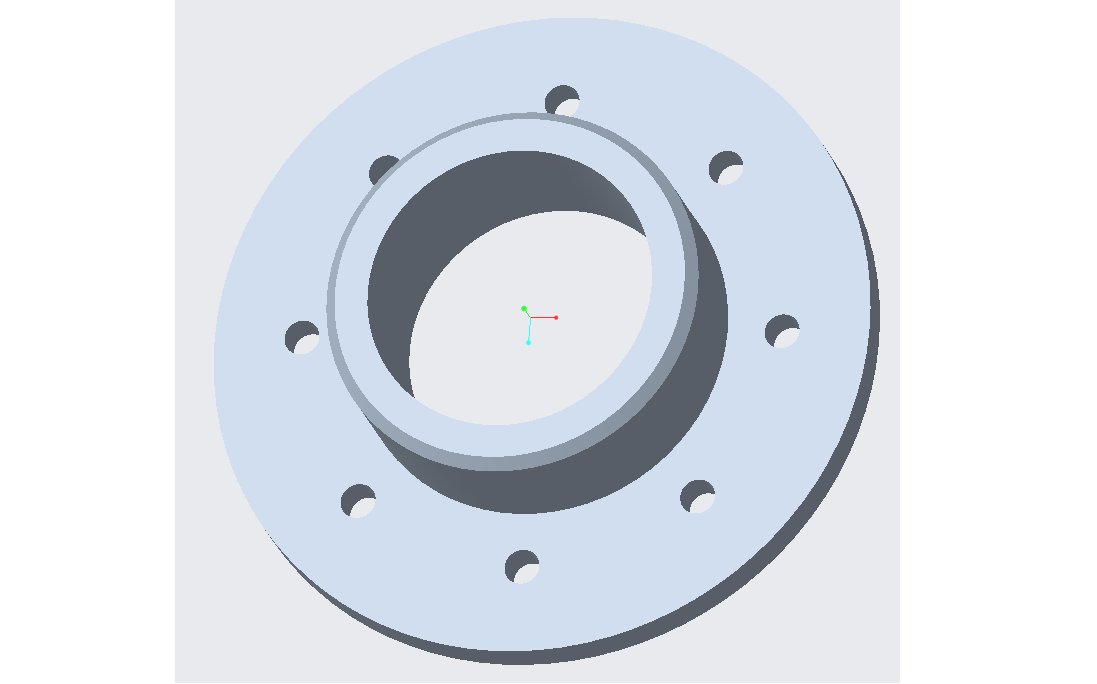- Opettaja
Johanna Kallo
Turun yliopiston Moodle
Hakutulokset
- Opettaja
Johanna Kallo
After the course, the student has a basic understanding of how welfare states operate. The student is familiar with country differences in institutional solutions, knows how countries cluster in terms of the welfare institutions, and can relate different institutional solutions to outcomes, such as poverty or gender inequality. The student can explain central concepts in comparative welfare state literature and draw information from relevant comparative data sources. The student can also display, interpret, and critically discuss comparative findings.
- Opettaja
Eija Lindroos
All societies need some type of social policies. The form and extent of interventions vary across time and space. Historically, industrialization and the rise of capitalism undercut the traditional forms of social protection given by family, kin, tribe, guilds, and church. In the Western hemisphere, these societal transformations are linked to the development of the welfare state. In modern economies, market failures make welfare states necessary. Welfare states ensure social security in situations, where other forms of economic and social support fail to guarantee basic livelihood and decent life.
Yet welfare states have taken different forms and use different institutional solutions against social risks, such as old-age, sickness, unemployment, disability, and childbirth. Differences in institutional solutions, in turn, have implications for poverty, wealth distribution, pensions, gender inequality, as well as health and well-being.
After the course, the student has a basic understanding of how welfare states operate. The student is familiar with country differences in institutional solutions, knows how countries cluster in terms of the welfare institutions, and can relate different institutional solutions to outcomes, such as poverty or gender inequality. The student can explain central concepts in comparative welfare state literature and draw information from relevant comparative data sources. The student can also display, interpret, and critically discuss comparative findings.
- Opettaja
Eija Lindroos
After successfully completing this course the students will be:
- Familiar with the numerical methods to solve the partial differential equations for thermofluid applications and phenomena.
- Classify and formulate equations governing flow, transport and/or mechanics in several natural and engineering processes including viscous fluid flow and heat diffusion problems.
- Distinguish the good, the bad and the ugly in numerical methods for such problems.
- Recognise the challenges in accurately simulating nonlinear problems and select appropriate numerical approaches for such problems.
- Use and develop simulation software for the most important classes of fluid flows in engineering and science.
- Undertake flow simulation using best practices for model and method selection, and assessment of the quality of results obtained.
- Opettaja
Armin Wehrfritz
After successfully completing this course the students will be:
- Familiar with the numerical methods to solve the partial differential equations for thermofluid applications and phenomena.
- Classify and formulate equations governing flow, transport and/or mechanics in several natural and engineering processes including viscous fluid flow and heat diffusion problems.
- Distinguish the good, the bad and the ugly in numerical methods for such problems.
- Recognise the challenges in accurately simulating nonlinear problems and select appropriate numerical approaches for such problems.
- Use and develop simulation software for the most important classes of fluid flows in engineering and science.
- Undertake flow simulation using best practices for model and method selection, and assessment of the quality of results obtained.
- Opettaja
Armin Wehrfritz
After successfully completing this course, the students will:
- Be familiar with the basic principles of the finite volume method applied to computational fluid dynamics (CFD) simulations.
- Have learned to set up simulation cases in the industry-standard CFD simulation software OpenFOAM, including generating simple meshes, selecting boundary conditions and governing equations, and to set appropriate solver settings.
- Be able to carry out basic post-processing tasks, including flow visualisations, using state-of-the-art data analysis and visualisations tools.
- Understand and be able to analyse the various errors inherent to the discretisation of the governing equations and numerical methods.
- Have gained basic knowledge of turbulence modelling approaches.
- Opettaja
Armin Wehrfritz
After completing the course, the students will be able to:
- build 3D computer models using parametric CAD software
- create technical drawings of 3D models
- understand the symbols and dimensioning scheme used in technical drawings
- implement parametric and constraint-based design
- create assembly of 3D component models
- create a family of components from a base model
- understand the basic principles of product data management (PDM) system
- specify allowable variation of manufactured parts using Geometric Dimensioning and Tolerancing (GD&T) system
- describe requirements for surface finish on drawings

- Opettaja
Asim Rashid
After completing the course, the students will be able to:
- build 3D computer models using parametric CAD software
- create technical drawings of 3D models
- understand the symbols and dimensioning scheme used in technical drawings
- implement parametric and constraint-based design
- create assembly of 3D component models
- create a family of components from a base model
- describe requirements for surface finish on drawings
- Opettaja
Kaur Jaakma
After completing the course, the student understands and masters: microprocessor architecture and operation principles of its components; factors limiting performance of a processor; the relationship between the machine code (instruction set) and hardware; basics of memory hierarchy, components and interconnection techniques of a computer system; as well as functional principles and role of an operating system as part of a computer system.
The course strengthens the following working life skills: problem solving skills and information and communication technology skills.
- Opettaja
Srinivasa Kanduru